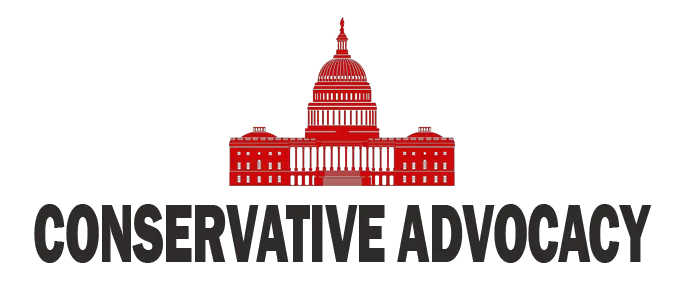The political landscape in America can be much like a rollercoaster ride—some thrilling highs, gut-wrenching lows, and plenty of unexpected twists. Recently, former Deputy Chief of Staff Karl Rove weighed in on the current state of affairs within the Republican Party and offered his thoughts on how the Biden administration can navigate its challenges. His insights reveal a path forward that emphasizes a return to foundational values, with a strong focus on immigration, economic stability, and military strength.
Rove, known for his strategic mind and keen observations, started by reflecting on the priorities that the American voter seems to care about most. He pointed out that when Donald Trump took office, the message was clear: secure the borders, combat inflation, eliminate unnecessary government policies, and restore America’s standing in the world. According to Rove, the voters want to see action in these areas, which could drive significant political momentum if addressed properly. If only Washington could remember this elementary checklist!
Border security, in particular, has swung to the forefront under both Trump and Biden’s administrations, but the contrast is stark. Rove highlighted that the current state of the border security situation has improved drastically compared to the previous administration’s efforts. This is an area where the President has seen some successes, yet Rove believes that more visibility is needed to paint a complete picture. The idea here is that the President ought to engage directly with the communities experiencing these changes. Meeting directly with local leaders, such as mayors and police chiefs who have seen less crime due to stricter controls, could go a long way in validating these policies.
Moving on to the economy, Rove expressed that there is significant cause for concern. He mentioned that while the President may claim success in reducing gas prices and inflation, the reality begs to differ for the average American. With gas prices that don’t align with the administration’s claims, it’s clear there’s a disconnect. Rove encouraged proactive communication strategies, suggesting a formal speech instead of casual comments. Addressing the nation from the Oval Office could help bridge this gap, reassuring families that short-term hardships might pave the way for a more stable economic future.
Alluding to tariff policies and potential trade agreements, Rove argued that the administration should actively seek to communicate their goals to the American people. Instead of focusing merely on the burdens a tariff may bring, the President could highlight advantages gained through upcoming agreements with key trading partners. Illustrating tangible benefits could enact a paradigm shift in public perception, paving an optimistic path forward.
In light of these discussions, it’s evident that the challenge for President Biden is to consolidate his administration’s messaging with the results on the ground. Voters want to feel secure in their communities and confident in their financial status. Drawing connections between improved border security and reduced crime, as well as discussing tangible economic strategies, would likely resonate well with a worried electorate. The upcoming months hold the potential for significant shifts, yet the outcomes depend heavily on effective communication and decisive action.
So, as the political rollercoaster continues its ride, one thing’s for certain: clarity and resolve could very well be the tickets to a smoother journey. With voters eager for solutions and able leadership, both the administration and the conservative benchmarks could benefit from refined priorities and focused goals. The key will be whether they can align action with promises—and let’s hope that ride is a little less bumpy!




